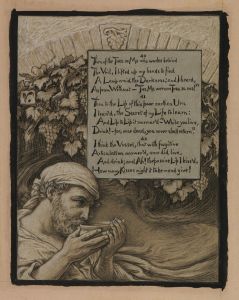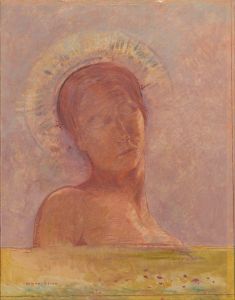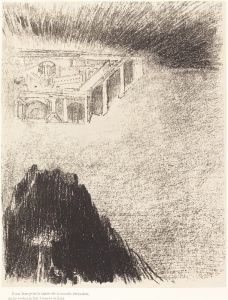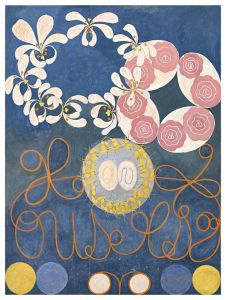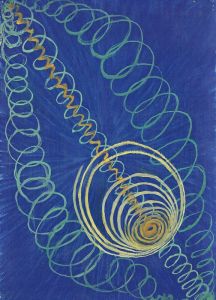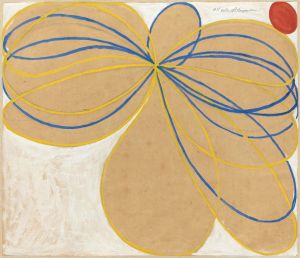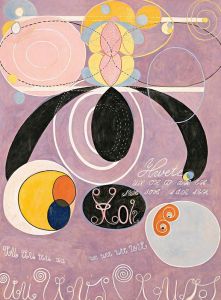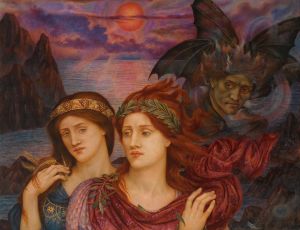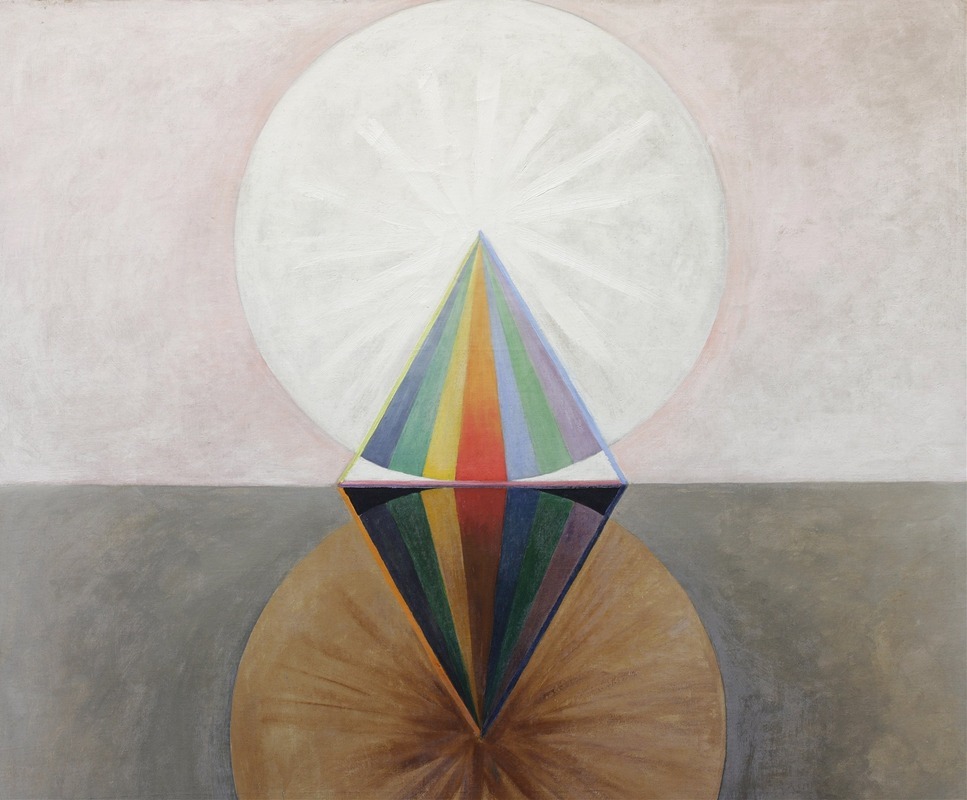
Group IX,SUW No. 12, The Swan No. 12
A hand-painted replica of Hilma af Klint’s masterpiece Group IX,SUW No. 12, The Swan No. 12, meticulously crafted by professional artists to capture the true essence of the original. Each piece is created with museum-quality canvas and rare mineral pigments, carefully painted by experienced artists with delicate brushstrokes and rich, layered colors to perfectly recreate the texture of the original artwork. Unlike machine-printed reproductions, this hand-painted version brings the painting to life, infused with the artist’s emotions and skill in every stroke. Whether for personal collection or home decoration, it instantly elevates the artistic atmosphere of any space.
Hilma af Klint was a pioneering Swedish artist and mystic whose work is now considered among the first examples of abstract art. Her painting "Group IX, SUW No. 12, The Swan No. 12" is part of a larger series known as "The Swan," which itself is a subset of a comprehensive body of work called "The Paintings for the Temple." This series was created between 1906 and 1915 and consists of 193 paintings, which af Klint believed were guided by spiritual forces.
"The Swan" series, including "The Swan No. 12," explores dualities and the concept of unity through the symbolic representation of swans. Swans are often associated with transformation and the merging of opposites, themes that are central to af Klint's work. Her paintings frequently incorporate geometric shapes, vibrant colors, and symmetrical compositions, reflecting her interest in spiritualism, Theosophy, and anthroposophy. These movements were popular in the late 19th and early 20th centuries and emphasized the exploration of the spiritual world and the interconnectedness of all life.
In "The Swan No. 12," af Klint uses abstract forms and a limited color palette to convey a sense of balance and harmony. The painting features circular and oval shapes that suggest movement and transformation, possibly symbolizing the cyclical nature of life and the spiritual journey. The use of symmetry and geometry in her work is believed to represent the underlying order of the universe, a concept that af Klint explored throughout her artistic career.
Hilma af Klint's work was largely unrecognized during her lifetime, as she chose not to exhibit her abstract paintings publicly. She believed that the world was not ready to understand them and stipulated that her work should not be shown until at least 20 years after her death. It wasn't until the late 20th and early 21st centuries that her contributions to abstract art began to receive widespread recognition. Her work challenges the traditional narrative of art history, which often credits male artists like Wassily Kandinsky, Kazimir Malevich, and Piet Mondrian as the pioneers of abstraction.
Today, af Klint's paintings are celebrated for their innovative approach and spiritual depth. They have been the subject of numerous exhibitions and scholarly studies, which have helped to secure her place as a significant figure in the history of modern art. Her work continues to inspire contemporary artists and audiences, offering a unique perspective on the relationship between art, spirituality, and the unseen forces that shape our world.
"The Swan No. 12" exemplifies Hilma af Klint's visionary approach to art, blending mysticism with a bold, abstract style that was ahead of its time. Her legacy is a testament to the power of art to transcend conventional boundaries and explore the profound mysteries of existence.





